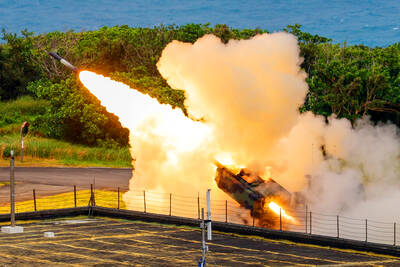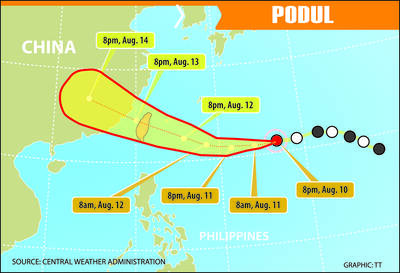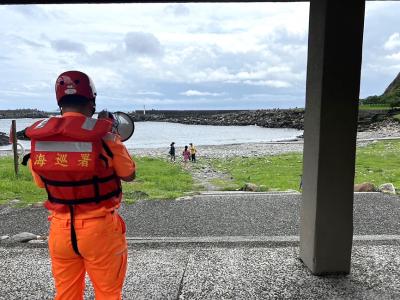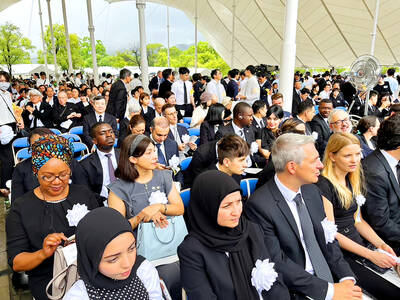Novartis AG agreed to buy a 25 percent stake in Nestle SA’s Alcon Inc for US$11 billion and said it may acquire the rest to become the world’s biggest maker of eyecare products.
Novartis, Switzerland’s second-largest pharmaceuticals company, will pay US$143.18 a share for Vevey, Switzerland-based Nestle’s 25 percent holding, and has an option to buy a further 52 percent from the food company for US$28 billion.
Alcon, based in Hunenberg, Switzerland, rose 2.5 percent to US$148.44 in New York Stock Exchange composite trading on Friday.
Buying Alcon would add US$5.6 billion in sales and gives Novartis the Opti-Free contact lens treatment, the Travatan glaucoma medicine and the Infiniti line of cataract surgery products.
The drugmaker needs new sources of revenue as generic competition eats into sales of its best-selling medicines. Nestle will use the funds to cut debt.
“Blue-chip pharmas have a lot of money and are desperate for new growth opportunities,” said Denise Anderson, an analyst at Landsbanki Kepler in Zurich. “It’s not cheap.”
Novartis, which has lost 16 percent this year, gained 0.5 percent, to SF52.65 (US$51.92) as of 9:01am in Zurich trading. Nestle rose SF14.5, or 2.8 percent, to SF526.
The purchase comes on top of the US$13 billion Novartis spent on acquisitions including generic-drug makers Hexal AG and Eon Labs Inc in 2005 and the US$5.7 billion acquisition of vaccine maker Chiron Corp in 2006.
“This acquisition furthers our strategy of accessing high-growth segments of the healthcare market while balancing inherent risks,” Novartis chief executive Daniel Vasella said in the statement.
“The strategic fit of Alcon and Novartis is excellent. Eye care will continue to grow dynamically as there is a growing unmet medical need driven primarily by the world’s aging population,” he said.
Nestle had repeatedly said since August that it no longer considered its Alcon stake as a strategic investment.
“Alcon is strong enough to stand on its own,” Nestle chairman Peter Brabeck said on Feb. 21. “Alcon doesn’t need Nestle any more, and Nestle doesn’t need any more Alcon.”
Nestle bought Alcon in 1977 as it sought to expand in the US to offset investments in other markets it considered to be riskier, the Swiss company’s Web site said. Alcon was Nestle’s second acquisition outside the food industry. The first was the purchase of a stake in L’Oreal SA, the world’s largest cosmetics maker, in 1974.
The food company sold a minority stake in Alcon in an initial public offering in 2002 at US$33 a share. The stock has almost quintupled since that stock sale, and Alcon’s profits have tripled since then.
Novartis may also acquire a 52 percent stake at a fixed price of US$181 a share between January 2010 and July 2011. Nestle can also require Novartis to buy the stake.
Alcon had sales of US$5.6 billion last year, operating income of US$1.9 billion and net income of US$1.6 billion.
The sale should boost this year’s earnings per share, Nestle said in a statement on its Web site. The bottler of Perrier water will use the proceeds to reduce debt and the cash will also “support opportunities for profitable growth in line with the group’s nutrition, health and wellness orientation.” Nestle expects to conclude the sale of the stake “before autumn.”

DEFENSE: The first set of three NASAMS that were previously purchased is expected to be delivered by the end of this year and deployed near the capital, sources said Taiwan plans to procure 28 more sets of M-142 High Mobility Artillery Rocket Systems (HIMARS), as well as nine additional sets of National Advanced Surface-to-Air Missile Systems (NASAMS), military sources said yesterday. Taiwan had previously purchased 29 HIMARS launchers from the US and received the first 11 last year. Once the planned purchases are completed and delivered, Taiwan would have 57 sets of HIMARS. The army has also increased the number of MGM-140 Army Tactical Missile Systems (ATACMS) purchased from 64 to 84, the sources added. Each HIMARS launch pod can carry six Guided Multiple Launch Rocket Systems, capable of

TRAJECTORY: The severe tropical storm is predicted to be closest to Taiwan on Wednesday and Thursday, and would influence the nation to varying degrees, a forecaster said The Central Weather Administration (CWA) yesterday said it would likely issue a sea warning for Tropical Storm Podul tomorrow morning and a land warning that evening at the earliest. CWA forecaster Lin Ting-yi (林定宜) said the severe tropical storm is predicted to be closest to Taiwan on Wednesday and Thursday. As of 2pm yesterday, the storm was moving west at 21kph and packing sustained winds of 108kph and gusts of up to 136.8kph, the CWA said. Lin said that the tropical storm was about 1,710km east of Oluanpi (鵝鑾鼻), Taiwan’s southernmost tip, with two possible trajectories over the next one

Tropical Storm Podul strengthened into a typhoon at 8pm yesterday, the Central Weather Administration (CWA) said, with a sea warning to be issued late last night or early this morning. As of 8pm, the typhoon was 1,020km east of Oluanpi (鵝鑾鼻), Taiwan’s southernmost tip, moving west at 23kph. The storm carried maximum sustained winds of 119kph and gusts reaching 155kph, the CWA said. Based on the tropical storm’s trajectory, a land warning could be issued any time from midday today, it added. CWA forecaster Chang Chun-yao (張竣堯) said Podul is a fast-moving storm that is forecast to bring its heaviest rainfall and strongest

CRITICISM: It is deeply regrettable that China, which is pursuing nuclear weapons, has suppressed Taiwan, which is pursuing peace, a government official said Representative to Japan Lee Yi-yang (李逸洋) yesterday accused Beijing of interference after Taiwan’s official delegation to the Nagasaki Peace Memorial Ceremony in Japan was assigned seating in the “international non-governmental organizations [NGO]” area. “Taiwan is by no means an international NGO, but a sovereign nation that is active on the international stage,” Lee said. Lee and Chen Ming-chun (陳銘俊), head of the Taipei Economic and Cultural Office (TECO) in Fukuoka, attended the ceremony in Nagasaki yesterday, which marked the 80th anniversary of the atomic bombing of the city. That followed Lee’s attendance at the Hiroshima Peace Memorial Ceremony on Wednesday